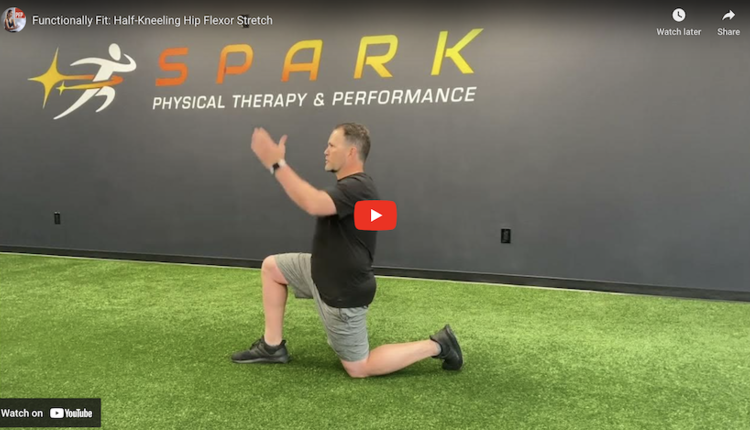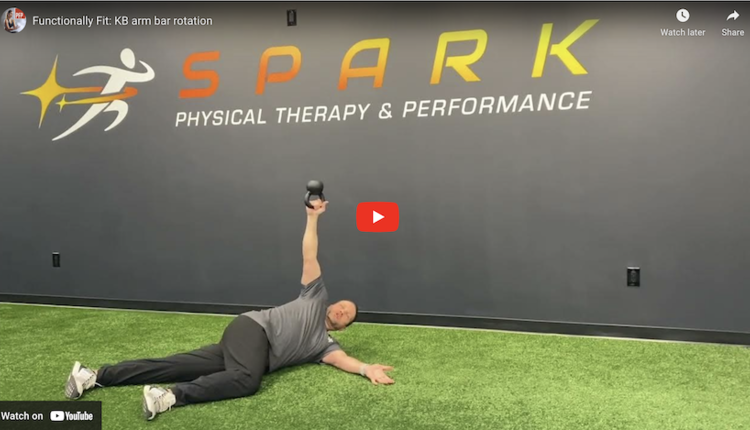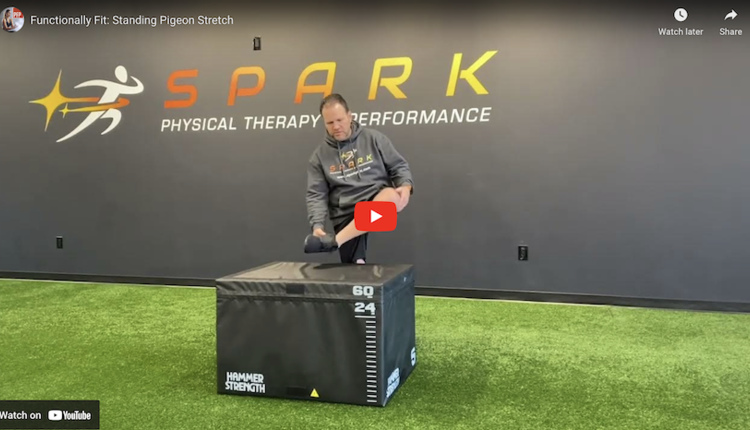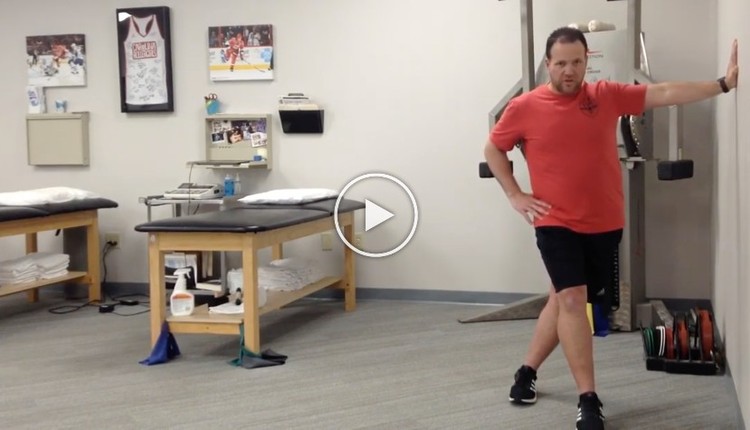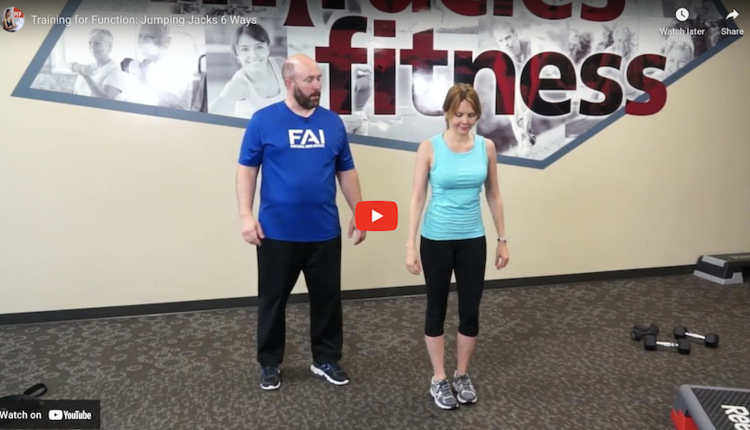Briancontinues his miniseries targeting the core with tripod T rolls, which aregreat both for obliques as well as shoulder stabilization, and that's just afew of its uses!
See 'Related Resources' below for past Functionally Fits (includingthe core miniseries) and other exercises and training tips.
Execution
This issimilar to but not the same technique/positioning used in a side plank roll.
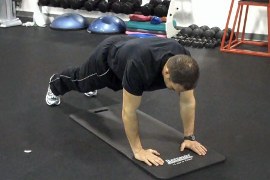
Beginin a four-point position (hands and toes) with the spine in a neutral position.
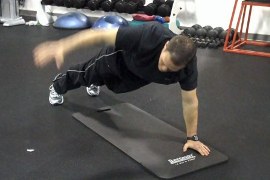 | 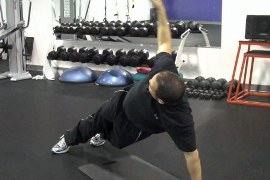 |
Next,place all the weight on the left hand and feet, and roll the right arm and bodyupward to the T position.
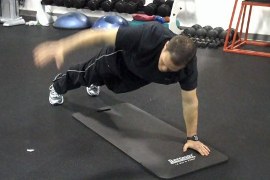 |  |
Pause,and then roll the opposite direction, taking the right hand under the torso asfar as possible while maintaining good form.
Do 10-15 reps each, thenswitch sides. Perform two to three sets as desired.
Application
Thisexercise is not only a great way to activate the core (especially the obliques)but is also a more advanced shoulder stabilization exercise. If you work withoverhead athletes or anyone suffering from shoulder instability, scapularstabilization and T-spine mobility issues, incorporating this later in theirprogram would be indicated. It can also be considered a great precursor to teachingkettlebell Turkish get-ups as it promotes correct scapular positioning as wellas improving T-spine mobility necessary for the lift.
Precautions
Forclientele with a history of anterior shoulder instability or present rotatorcuff pathology, I would suggest beginning in a quadruped position first. Allowthem to master the T-spine component, and gradually increase load bearing in asegmental fashion. For this population, it would be wise not to rotate beyondthe plane of the body as this will create a hyperextension/externalrotation/abduction moment at the supporting gleno-humeral joint. This positionis dangerous and contraindicated for those with anterior instability.
Additional Notes
Toincrease the difficulty for your client, consider adding a light dumbbell inthe moving hand as well as increasing the hold time at the ends of the motion. Oncethe client masters a stable T roll, I usually will introduce a BOSU beneath thesupport hand for added challenge. For spotting, stand or kneel behind theclient's upper back in case they roll back and are unable to stop momentum asthis will save you from a shoulder injury.
Brian Schiff, PT, CSCS (www.brianschiff.com) is a licensed physical therapist, respected author and fitness professional. He became a Certified Strength and Conditioning Specialist (CSCS) in 1998. In 2000, he opened his own personal training and sport-specific conditioning facility, Fitness Edge, in Dublin, Ohio. Brian has presented at several professional conferences and seminars on injury prevention and sport-specific training.
